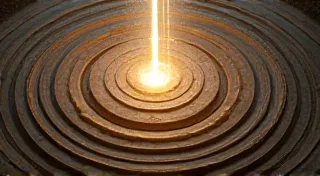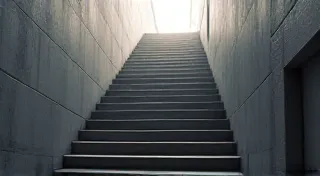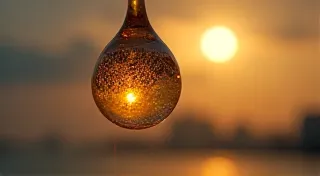The Alchemist's Workshop: Transforming Rust into Resonance
There’s a peculiar romance to rust. It whispers of time’s relentless march, of stories lived and faded, of a world before instant communication and disposable technology. When I find an antique radio, often caked in decades of neglect, I don't see a broken object. I see potential. I see a sleeping giant, waiting for the spark of restoration to awaken its voice. It's a process akin to alchemy – transmuting decay into beauty, silence into resonant sound. And it begins, inevitably, with a generous helping of patience.
My fascination with antique radios began not with a textbook or a schematic, but with my grandfather's Zenith Trans-Oceanic Royal 452. It wasn's working when I found it in his attic, covered in dust. The simple act of cleaning off that grime, revealing the rich mahogany cabinet, ignited a spark within me. He’s gone now, but every time I hear its crackling voice fill a room, I feel connected to him and to the era it represents – an age of optimism, of technological marvel, of shared experiences around the family hearth.
A Journey Through Time: Understanding the Radio Landscape
The history of radio is inextricably linked to the dawn of the 20th century. From Marconi’s groundbreaking experiments to the rise of broadcasting empires, these machines were more than just entertainment devices; they were cultural cornerstones. Early radios, often housed in exquisite cabinetry – crafted from walnut, mahogany, and even rarer woods – were statement pieces, symbols of modernity and affluence. The craftsmanship was extraordinary; cabinet makers and electronics engineers worked in harmony to create objects of both beauty and functionality. Imagine a world where owning a radio was a significant investment, a source of pride and a focal point for community gatherings.
The 1920s and 30s saw a golden age of radio manufacturing. Companies like RCA, Philco, Atwater Kent, and Zenith battled for market share, each striving to create the most advanced and aesthetically pleasing set. The innovations were constant - the introduction of push-button tuning, the development of improved speaker systems, and the refinement of vacuum tube technology. Understanding this context is vital; it’s not enough to simply fix a broken radio. You’re preserving a piece of history, a tangible link to a bygone era.
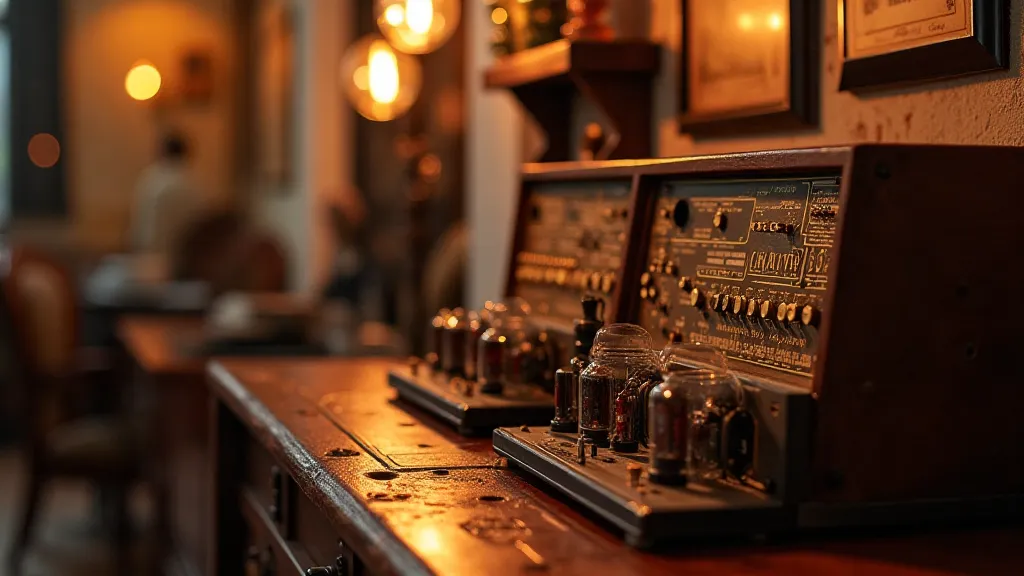
The Alchemist's Tools: Disassembly and Assessment
The first step in any restoration project is careful disassembly. Unlike modern electronics, antique radios weren't designed for easy repair. Screws are often fragile, and components are secured with age-old adhesives. It’s a delicate process, requiring patience and a gentle touch. My grandfather always said, “Listen to the radio; it will tell you what's wrong.” While I initially dismissed this as folksy wisdom, I’ve come to realize there’s truth in it. The subtle hums, clicks, and pops can offer clues about the source of the problem.
Once disassembled, a thorough assessment is crucial. Vacuum tubes are the heart of these radios, and their condition dictates performance. Testing these tubes with a tube tester is essential; replacements are often difficult to find and can be expensive. Capacitors, notorious for failing with age, are another common culprit. Electrolytic capacitors, particularly, tend to leak, damaging surrounding components. Resistors, coils, and transformers can also be problematic. A visual inspection, followed by electrical testing, is paramount. The goal isn’t just to identify the faulty components, but to understand *why* they failed, to prevent future issues.
The Challenge of Component Sourcing: A Hunt for Lost Treasures
This is where the alchemy truly shines. Finding replacement parts for antique radios is often a scavenger hunt, a quest for lost treasures. Online marketplaces, antique radio forums, and estate sales are invaluable resources. Sometimes, you get lucky and find a matching replacement. Other times, ingenuity is required. Rewinding transformers, rebuilding speakers, and even fabricating custom parts can become necessary. It's a skill honed through experience and a willingness to experiment.
The availability of specific components also influences the restoration approach. Certain tubes, for example, are rare and prohibitively expensive. In these cases, creative substitutions may be possible, requiring adjustments to the circuit to compensate for differences in characteristics. It’s a delicate balancing act, requiring a deep understanding of electronics principles. A true understanding of the original design is vital; it’s not about simply replacing parts, but about recreating the original functionality and performance.
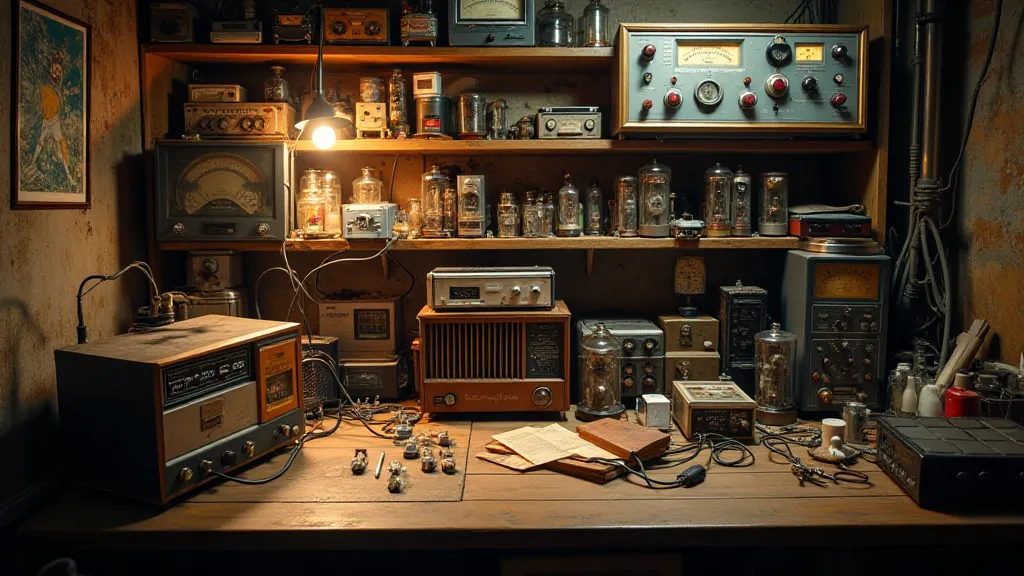
The Art of Repair: Rebuilding a Legacy
The actual repair process demands meticulousness. Soldering requires a steady hand and the right equipment. Replacing capacitors and resistors necessitates careful attention to polarity and wattage. Rebuilding a speaker often involves replacing the cone and restoring the cabinet. It's a slow, deliberate process, one that rewards patience and precision. I’m not an electrician; I’m a caretaker, a restorer of voices silenced by time.
Sometimes, the damage is extensive. A fire, water damage, or simply decades of neglect can take their toll. In these cases, the restoration becomes more challenging, requiring more extensive repairs and modifications. However, even in the face of seemingly insurmountable obstacles, there’s a sense of satisfaction in breathing new life into a forgotten treasure. It’s not just about fixing a radio; it's about preserving a piece of history, a testament to the ingenuity and craftsmanship of a bygone era.
Beyond Restoration: Collecting and Appreciation
Restoring antique radios isn't just a hobby; it’s a journey into history, a connection to a simpler time, and a celebration of human ingenuity. While the technical aspects are important, the true reward lies in the appreciation of the artistry and the stories embedded within these machines. Collecting antique radios is a rewarding pursuit, but it’s about more than just accumulating objects. It’s about understanding their context, appreciating their design, and sharing their stories. It's about preserving a legacy for future generations.
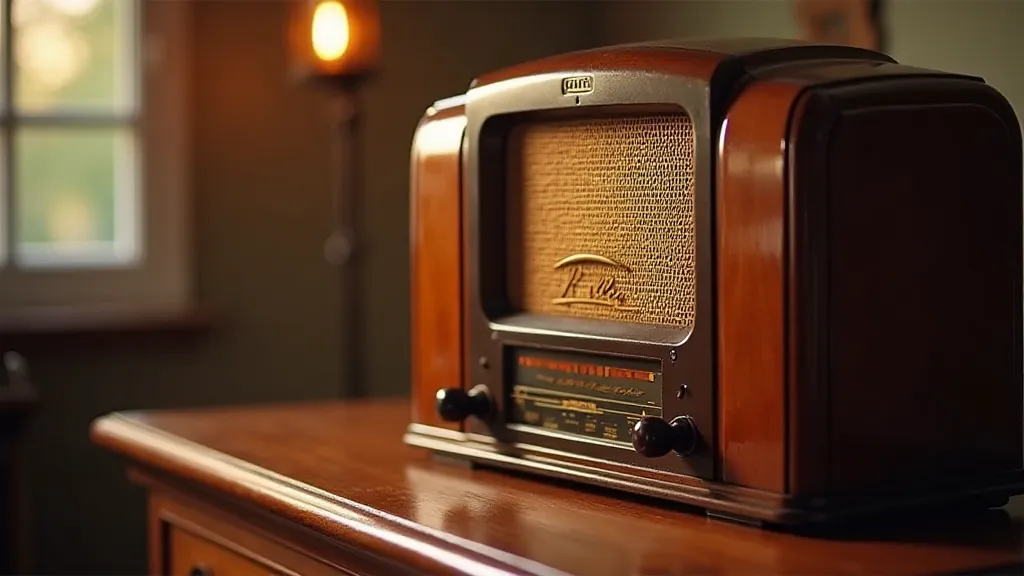
The crackling hum of a restored radio, playing a forgotten tune, is a magical sound. It’s a reminder of the past, a connection to a shared heritage, and a testament to the enduring power of human innovation. And for a moment, I’m transported back in time, listening to the voices of those who came before, united by the shared experience of listening to the radio.
